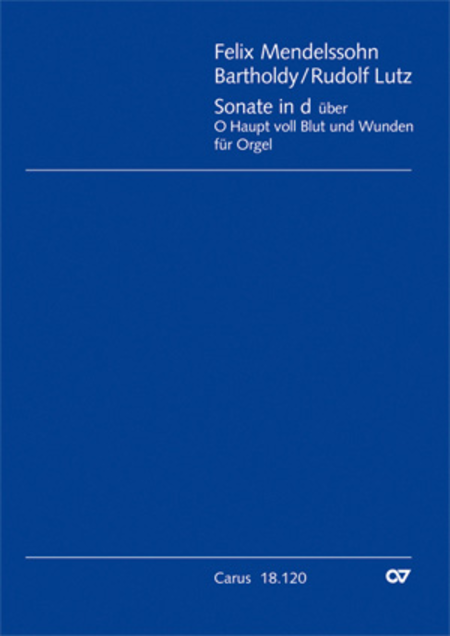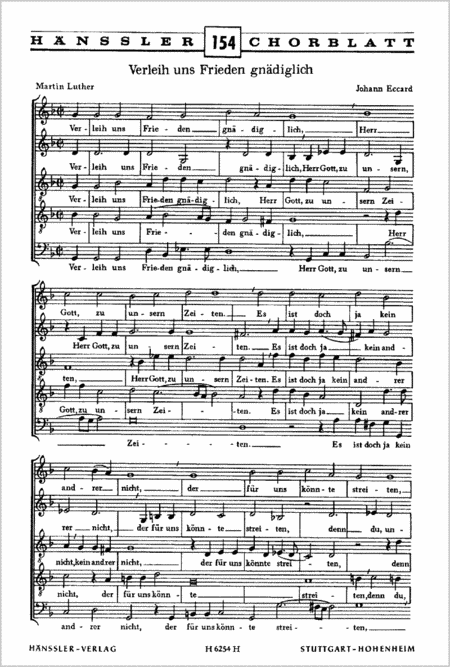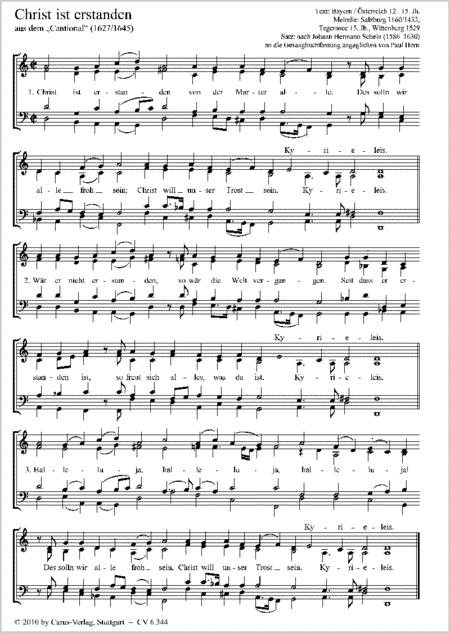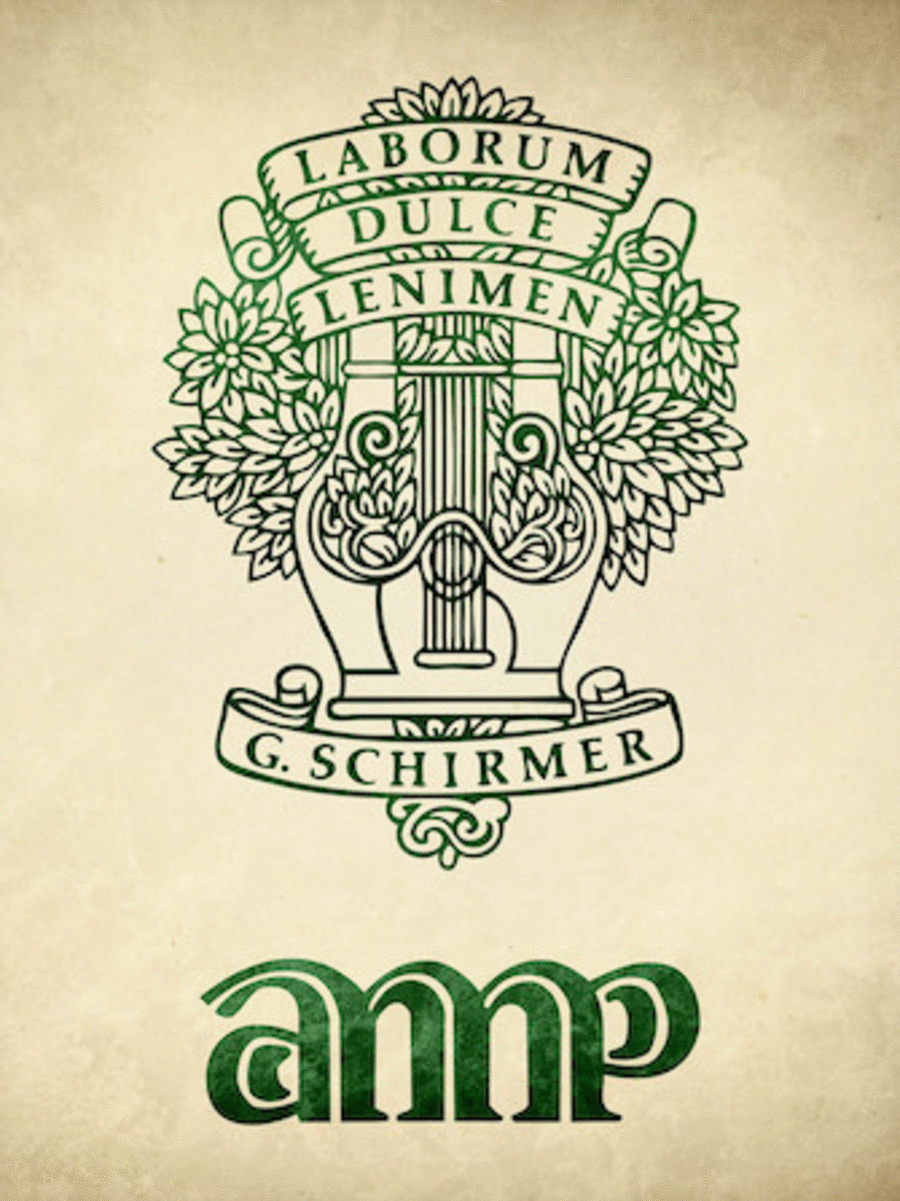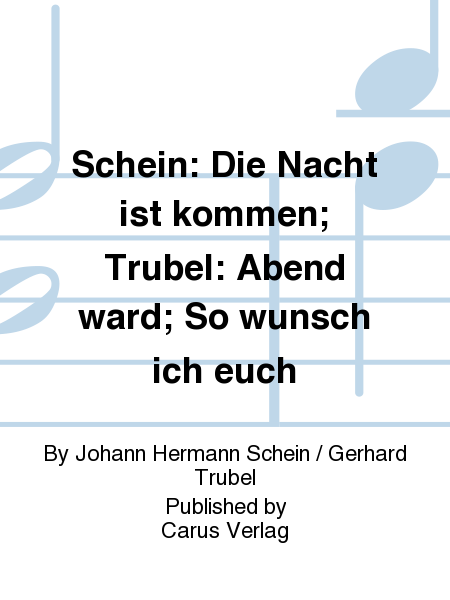Johann Hermann Schein (1586 - 1630)
 Allemagne
Allemagne
Johann Hermann Schein (January 20, 1586 ? November 19, 1630) was a German composer of the early Baroque era. He was born in Grünhain and died in Leipzig. He was one of the first to import the early Italian stylistic innovations into German music, an ... (Read all)
Source : Wikipedia
 Allemagne
AllemagneJohann Hermann Schein (January 20, 1586 ? November 19, 1630) was a German composer of the early Baroque era. He was born in Grünhain and died in Leipzig. He was one of the first to import the early Italian stylistic innovations into German music, an ... (Read all)
Source : Wikipedia
Free sheet music of Johann Hermann Schein - Concerto for Two Violins
20 sheets found sorted by:
Search
© 2000 - 2024
Home - New releases - Composers
Legal notice - Full version






















